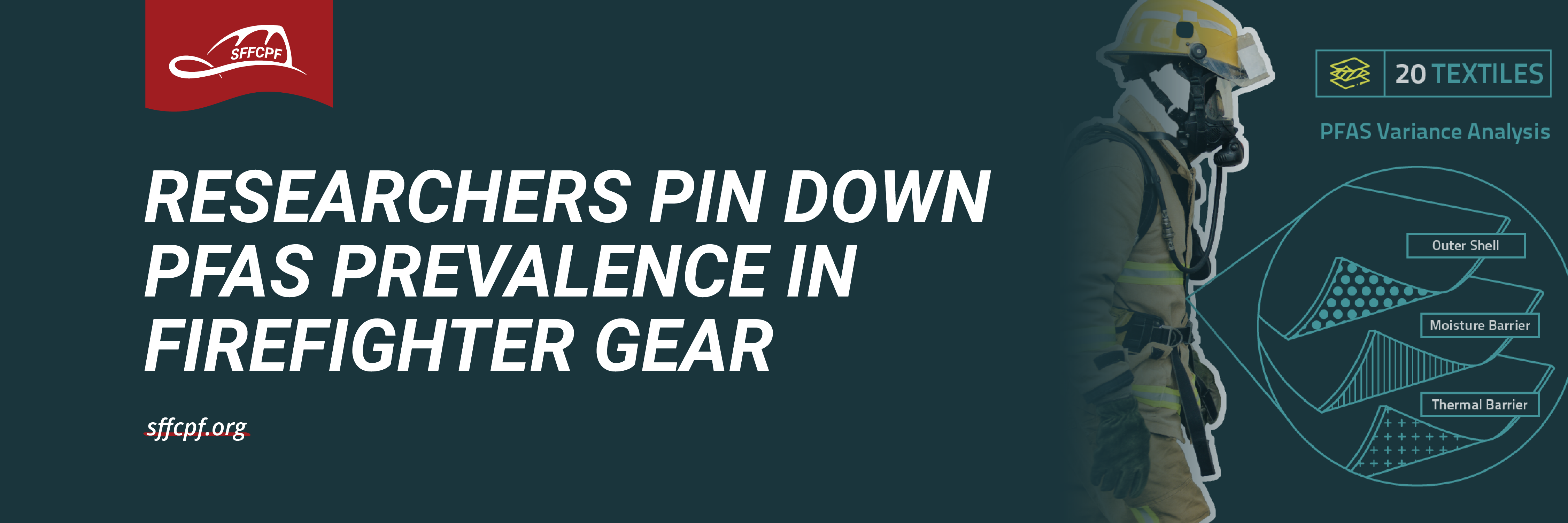Researchers at the National Institute of Standards and Technology (NIST) have conducted an in-depth examination of a range of textiles used in turnout gear coats and pants.
The results of the study suggest that selecting optimal combinations of fabrics for each layer could significantly reduce the amount of PFAS present in turnout gear.
The team found the least amount of PFAS in the layer closest to firefighters’ skin, the thermal lining, which may correspond to water repellency being a lower priority for this layer than the other two.
At the other end of the spectrum, the moisture barrier and the outer shell contained PFAS concentrations up to 400 times higher, though those numbers varied widely from fabric to fabric.

